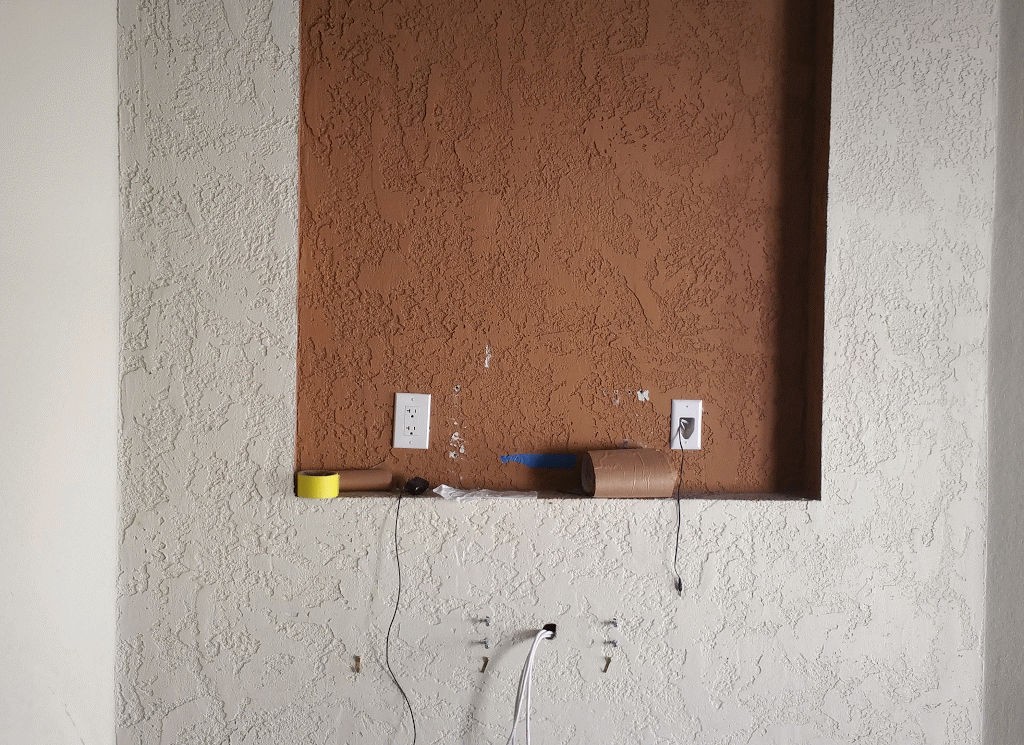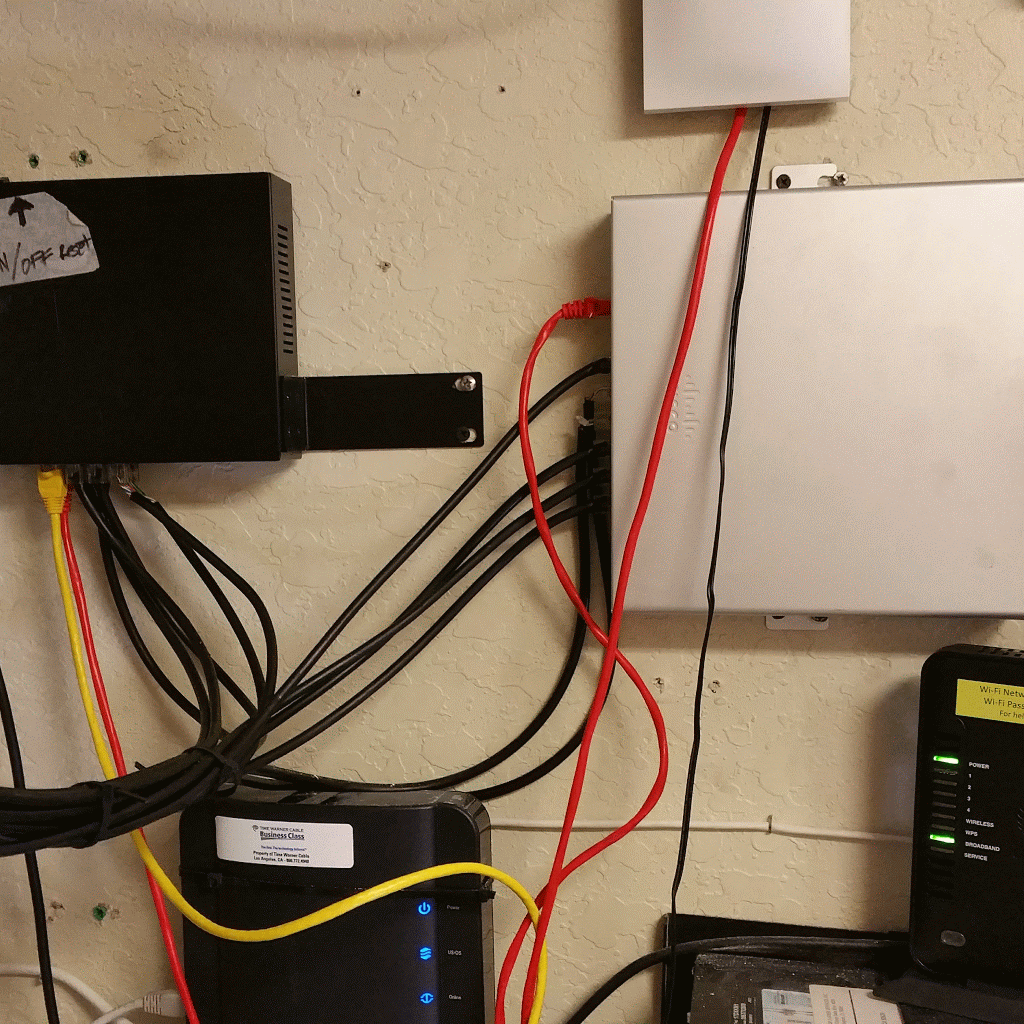The Emergence of Facial Recognition Technology
The Emergence of Facial Recognition Technology
Facial recognition has an image problem. In 2014, a Denver man was arrested for robbing two banks on the basis of surveillance video stills shown to acquaintances and his ex-wife. The case was dismissed, but the man was rearrested a year later — this time based on FBI facial recognition technology.
The problem? The man who was arrested had a distinct mole on his face; the suspect in the image did not. Furthermore, a height analysis on the surveillance video found a 3-inch difference between the defendant and the suspect on camera. The case was dismissed a second time.
That’s not to say facial recognition is without its success stories. While the wrongful identification case may serve more as a cautionary tale than a mainstream occurrence in law enforcement’s use of facial recognition, the technology itself has had to contend with problems of bias and accuracy.
For instance, a 2012 study showed that face recognition systems are 5 – 10% less accurate when trying to identify African Americans as compared to white subjects. The study also found that female subjects were more difficult to recognize than males, and younger subjects were more difficult to identify than older adults.
Read More…
http://insights.globalspec.com/article/4017/the-emergence-of-facial-recognition-technology?id=-386028149&uh=cee4c9&email=HomeRunInstall%40gmail%2Ecom&md=170131&mh=f9a9ef&Vol=Vol17Issue7&Pub=1&LinkId=1842494&keyword=link_1842494&et_rid=1013656224&et_mid=83398597&frmtrk=newsletter&cid=nl
The Abandoned Cable Problem: State-of-the-Industry and Smart Solutions | Realcomm Advisory
The Abandoned Cable Problem: State-of-the-Industry and Smart Solutions Author: Realcomm Staff Writer The exponential growth in the amount of voice and data communications cabling presents challenges for airflow and space management in building risers and plenum spaces. The National Fire Protection Association (NFPA) has declared that excessive cabling is also a fire safety hazard that creates an unnecessary threat to life and further contributes to property damage in the event of a fire. This week we’ve a
Source: The Abandoned Cable Problem: State-of-the-Industry and Smart Solutions | Realcomm Advisory
Automotive Robots Step Out from Safety Barrier | Engineering360
Automotive Robots Step Out from Safety BarrierJohn Simpson29 November 2016 Human beings and robots are working side by side at the Smart Production Lab in Volkswagen’s Wolfsburg plant—a configuration made possible because the robots have been taught to show consideration for their co-workers.The robots grab and install transmission shafts and clutch rings—which is nothing out of the ordinary for a vehicle manufacturing plant—except that they are not performing their work behind a safety barrier. When a person approaches a robot, the machine immediately slows down, moving its arms out of the way while attempting to carry on working.Dr. Wolfgang Hackenberg, head of the Volkswagen Smart Production Lab (l), and employee Johannes Teiwes are developing smart robots. Image credit: Volkswagen.”The robot detects my approach and shows consideration for me,” says Wolfgang Hackenberg, head of the Smart Production Lab. “This is the fundamental prerequisite for smart human-machine interaction.”The brains of the smart robot are in custom software that processes waves and gestures, calculates all sequences of human motion recorded by the sensors around the robot’s working area and evaluates the results. A wave from Hackenberg is sufficient to stop the robot. He waves again and the machine continues its work or hands over components and tools.In Volkswagen’s vision of the digitalized factory of the future, machinery and equipment, robots, goods and products will be networked with each other. People and robots will no longer work on a component beside each other or after each other but, rather, at the same time acting in cooperation.”Up to now, it has been necessary to ensure physical separation between the working steps and working areas of people and robots,” Hackenberg says. “This is not genuine cooperation. We have integrated a proprietary robot and sensors using software in such a way that workers and robots can use the same working space without any hazards and can even interact.”In developing the system, the lab cooperated closely with scientists from the Robotics Innovation Center of the German Research Center for Artificial Intelligence, in Bremen, in which Volkswagen recently acquired a stake. One of the first results of this partnership was the software that allows direct cooperation between humans and robots, which can be applied to other industrial robots as well.While human workers in the factory of the future will be required to perform complex tasks with high levels of specialist expertise, creativity and problem-solving capabilities, Hackenberg says robots—with integrated sensors to allow for their safe operation among humans—will assume more responsibility for ergonomically difficult, physically strenuous work.
Source: Automotive Robots Step Out from Safety Barrier | Engineering360
13 free network monitoring tools for IT pros – Features – Spiceworks


 Supporting network config monitoring and archiving, along with VMware, Windows, Linux, and endpoint monitoring, and a helpful community aiding with SNMP, it’s a tool I’d suggest Admins at least take a look at.
Supporting network config monitoring and archiving, along with VMware, Windows, Linux, and endpoint monitoring, and a helpful community aiding with SNMP, it’s a tool I’d suggest Admins at least take a look at.
Source: 13 free network monitoring tools for IT pros – Features – Spiceworks
Printable Medicine To End Animal Testing
A breakthrough in 3D, printable medicine has enabled engineers to create human ‘organs’ on a microchip, fully usable for testing against drugs and toxins. They are not actual organs, but, instead, a layer of six types of ink, all printed in a combination that causes the chip to react as if it were the actual organ. They have, specifically, recreated
Health Risk: 5G Ultra-High Frequency Radiation Is Coming
The 5G revolution is rushing toward us and it will bring a whole new era of harm from ultra-high microwave frequency radiation. And those who raise their voices against the danger to our health and our human rights to safety have been the subject of harassment, intimidation and attempts to silence them. ‘Stay out of the way of technological development.’
Source: Health Risk: 5G Ultra-High Frequency Radiation Is Coming
https://youtu.be/OMxfffqyDtc
Does IOT need Wireless? | Wade4Wireless
Hell yeah! Don’t get me wrong, you could use CAT 5 to connect most of this stuff, but the idea is to have the equipment everywhere and talking all the time, or at least when we need to. They need to be wireless controlled for it to work properly and to be autonomous. What fun would a drone be if you needed to have a copper line connected to it. The FCC laid out their plan to sunset copper lines. I did a lot of work on them but I won’t miss them because wireless is so cool! If you like copper so much, then p
What will the IOT Wireless Protocols look like? | Wade4Wireless
The Internet of Things, IoT, is more than a buzz word, it is the way things are moving. When you hear of 5G they often talk of IoT and how everything will be connected. This is very exciting but the technology is already here. It is being tested and proven as we speak. So what should deployment teams be doing now? They should prepare to deploy!… 
Source: What will the IOT Wireless Protocols look like? | Wade4Wireless










